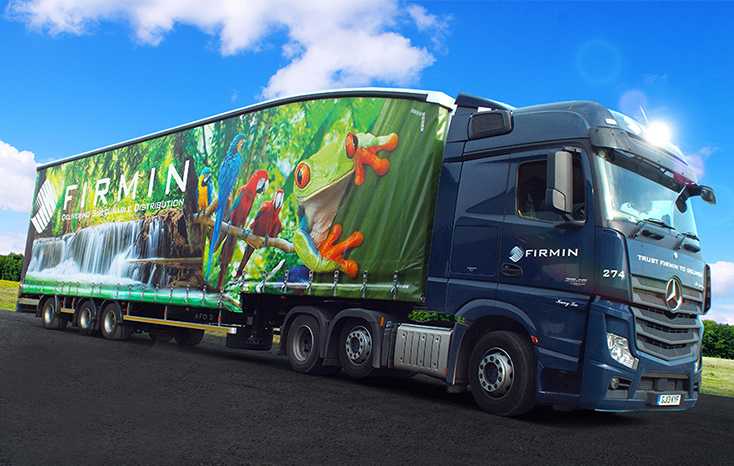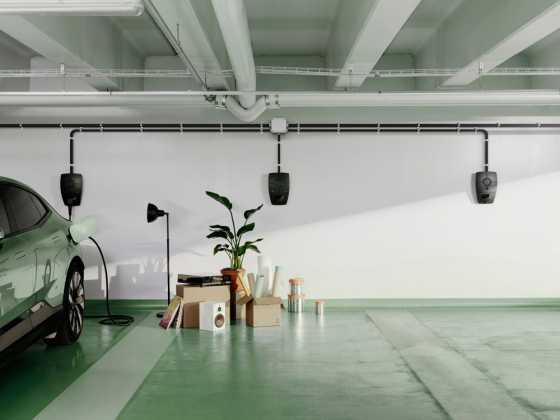Laws introduced to permit longer semi-trailer on roads

The Department for Transport has confirmed that longer lorries can now be introduced to Great Britain’s roads, which will help to boost productivity, slash road emissions and support supply chains.
Legislation will be laid today (10 May 2023) to safely roll out the vehicles on roads from 31 May. The longer lorries will be able to transport fast-moving consumer goods and retail products, as well as waste packaging, parcels and pallets.
These new lorries will move the same volume of goods, but will use 8% fewer journeys than current trailers. This will generate an expected £1.4 billion in economic benefits and take one standard-size trailer off the road for every 12 trips.
Allowing longer trailers on the roads is estimated to save 70,000 tonnes of carbon dioxide from being released into the atmosphere.
These longer trailers, known as longer semi-trailers (LST) measure up to 2.05 metres longer than a standard semi-trailer and can be towed by a lorry.
The move follows an 11-year trial to ensure LSTs are used safely on roads, and operators will be encouraged to put extra safety checks and training in place. The trial demonstrated that LSTs were involved in around 61% fewer personal injury collisions than conventional lorries.
Vehicles which use LSTs will be subject to the same 44 tonne weight limit as those using standard trailers. These new vehicles are also expected to cause less wear on the roads than conventional lorries due to the type of steering axle used.
Operators will be legally required to ensure appropriate route plans and risk assessments are made to take the unique specifications of LSTs into account.
In addition to these new legal requirements, operators will also be expected to put in place extra safety checks including driver training and scheduling, record keeping, training for transport managers and key staff, and loading of LSTs.
It is expected that LSTs will create almost £1.4 billion in net economic benefits by ensuring more goods are carried on fewer vehicles, supporting productivity and boosting the economy.



